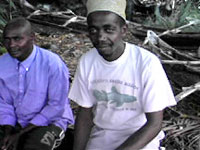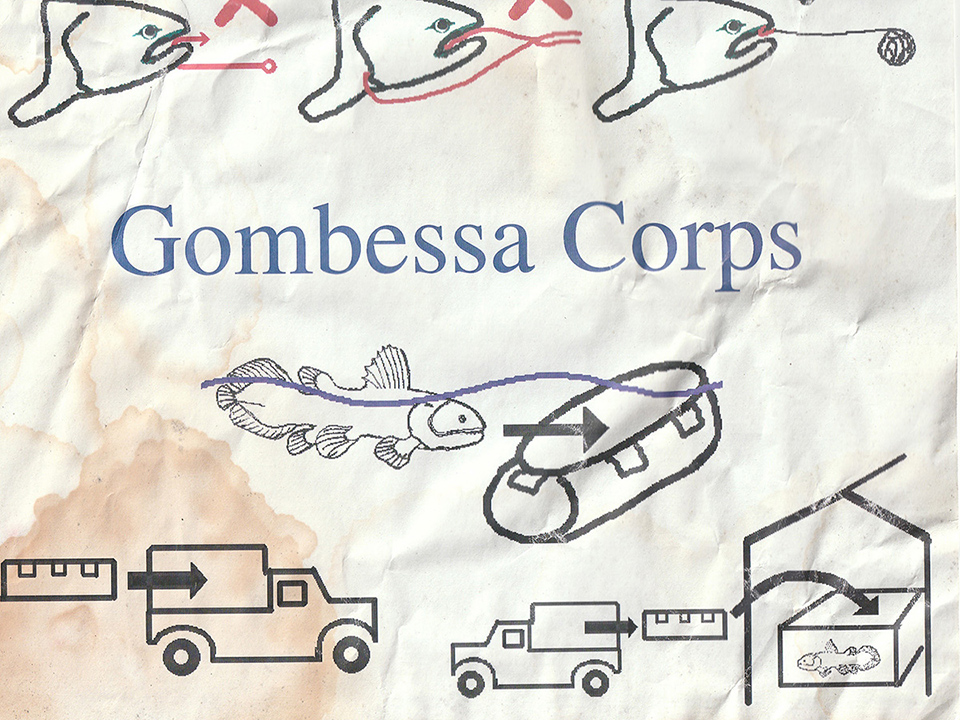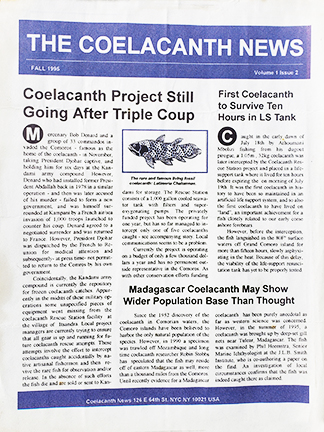Recollections of the Past 30 years pursuing Coelacanths
Jerome Hamlin, creator dinofish.com
1994 was the first time I was in the Comoros with no support from the U.S. Consulate. After the end of the Cold War, the consulate had been closed down as a cost saving measure, with regional U.S. representation shifting to the consulate in Madagascar. And my living situation had shifted from the relative luxury hotels of the past, to visitors rooms at the science museum (C.N.D.R.S.) I remember in the last days of the trip lying in bed with a fever listening to an Imam preaching angrily through a loudspeaker at a nearby mosque. Every so often he acusingly intoned the word "America!" I wondered what that was about.
I bumped into Hans and Raphael a couple more times when they had come ashore to attend to various administrative details with the museum. On one occassion, as I had been criticized and prevented from seeking funding because my project had been trying to catch a coelacanth for an aquarium, I brought up the issue of one of their own Coelacanth Conservation Council members trying to do the same thing. Hans assured me that had been thouroughly quashed. He was outraged by the fellow, refering to him as that "bastard."
Establishment of the Resus set up created quite a bit of local interest. Hans, himself, suggested it would be interesting to see a "station" like that down the coast at Itsoundzou where there were more frequent catches than at Itsandra. A group of local businessmen approached me and we signed a contract, wherein the resus would be moved in a few months to a more permanent location. Their idea was that it could become a coelacanth display, which of course would be quite a draw. In the meantine, Mombasa would be left in charge.
On return to the U.S. one of the first things I did was to design a T shirt for distribution to fishermen in the Comoros that would illustrate the sequence they should follow to get a caught coelacanth successfully into the cooled down Resus, rather than release it for a likelly death on the surface due to hypoxia and metabolic toxins.


The backs of these shirts, distributed to fishermen in the Comoros, showed by diagram how to handle a caught coelacanth by moving it first to a stretcher, then a lined transport box, then by van to the Resus set up. Interestingly, I could never use actual photographs of living coelacanths as the few that then existed were tightly rights controlled. (circa 1995-7)
Reports reached me back in the U.S. that over the next year there had been one or two resusitation attempts without long term survival. Meanwhile, the businessmen had not moved the life support facility as planned, and in the Comros itself, there had been a short lived coup attempt conducted yet again by mercenary Bob Denard. In those days, home publishing had come into vogue on the computers of the time. I published two coelacanth newsletters to be sent out to interested parties. This one from fall '95 survives.

